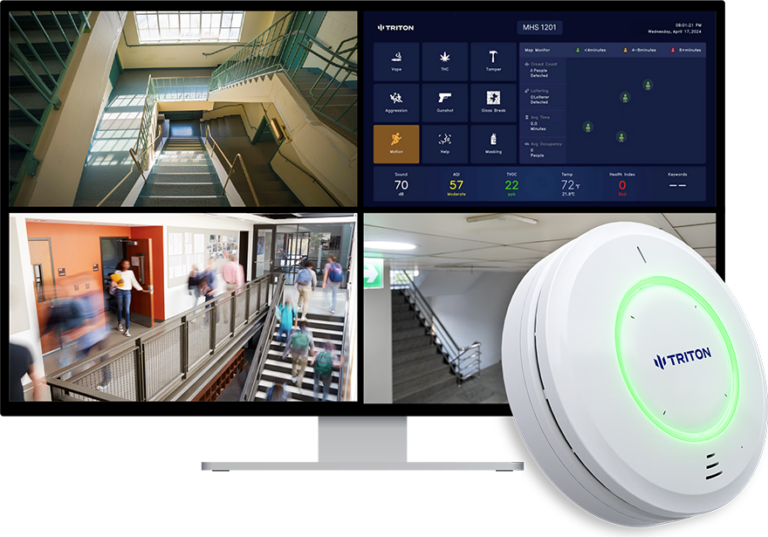In the quiet spaces of school bathrooms and locker rooms, something threatening can be heard without sound. Teen vaping is no longer the realm of disciplinary issues; it’s becoming a health issue that’s difficult to detect, harder to stop, and almost impossible to manage by traditional methods. That’s where a new generation of Triton vape detectors is stepping in not to punish, but to protect.
The Unseen Problem Growing in Plain Sight
For a long time, educators have seen vaping sneak into schools. These sleek devices disguised as pen or USB drives make it possible for students to vape undetected. It’s even worse, it’s no longer only nicotine anymore. THC vaping, as well as other substances have now entered the scene. A bathroom break that isn’t a big deal could turn into a health risk.
Some schools have even removed bathrooms, put in hallway monitors, and increased surveillance. These methods can just go so far. The problem isn’t only catching someone in the act it’s identifying when and where the activity is occurring. This is exactly what a smoke detector for vape is designed to do.

Image credit: tritonsensors.com
How do Smart Vape Detectors work?
In contrast to smoke detectors of the past Vape alarms that are designed for schools use specially-designed sensors which can differentiate between vape aerosols (including marijuana vapors) cigarettes, smoke from cigarettes and various other toxins. The detectors operate quietly in the background, continuously monitoring the air for substances like nicotine and THC. Alerts are sent by text message, email or an application as soon as smoking is discovered.
Modern technology goes further. Advanced models also monitor air quality trends, identify movement and occupancy rates. Some even feature gunshot detection and aggression detection. They’re now full-spectrum security tools.
Privacy, Not Policing
Triton’s ability to provide students with safety without straying into the realm of surveillance is among its most important features. These detectors do not record video or audio. There are no hidden cameras or microphones. The system relies on data from air composition and movement analysis to protect the privacy of students. This makes them not only effective but ethically sound, an important consideration for teachers, administrators, as well as parents.
How schools are achieving results
The thing that makes this system truly useful isn’t only the detection, but the process of transformation. These systems are typically installed in schools and they see a drop in the use of vapes within the first few months. When students discover that vaping is detected in real time even in isolated areas they start to think about the dangers.
But there are many benefits. Schools can gain an accurate view of the situation by using trend reports and heatmaps. They will know the areas where vaping is the most prevalent. This allows for smarter resource allocation as well as more effective interventions. Instead of reacting after the issue has exploded, teachers can now intervene while the problem is still an ember.
A Long-Term Investment in Student Wellbeing
Triton Vape Detectors have not been put in schools to catch students, but rather to ensure their safety. It is about creating an environment that promotes a healthy lifestyle that is where the air is healthy and a problem is dealt with early. Students will feel safer. Not just devices, these detectors represent a change in how we approach safety in schools which values education rather than punishment and prevention over reacting.
In a society in which threats to students are frequently unnoticed, it is vital that schools adopt tools that help make the unseen visible. Schools should also ensure that each bathroom, hallway, and other public spaces are designed to promote the highest standards of safety, dignity, and respect.